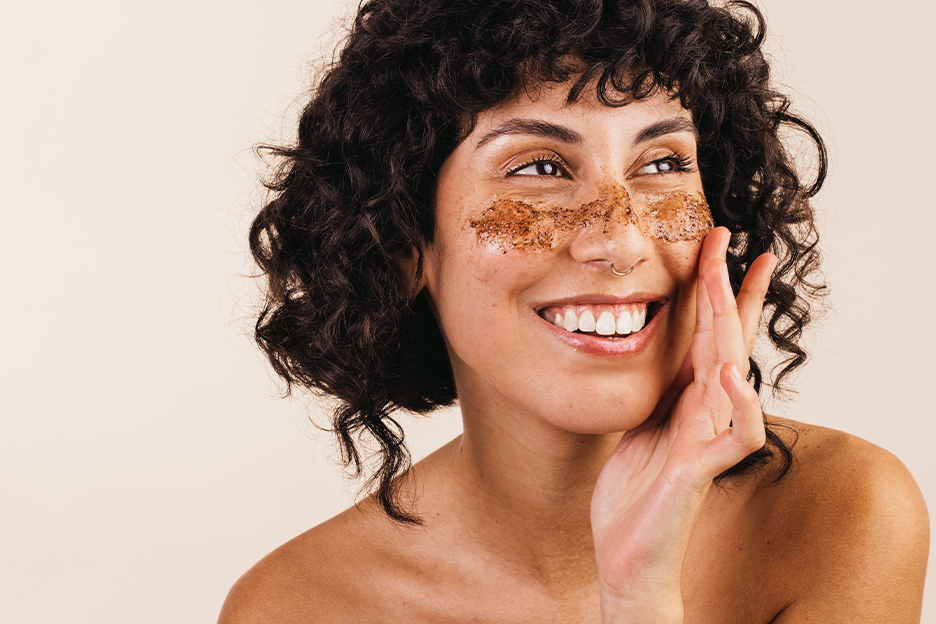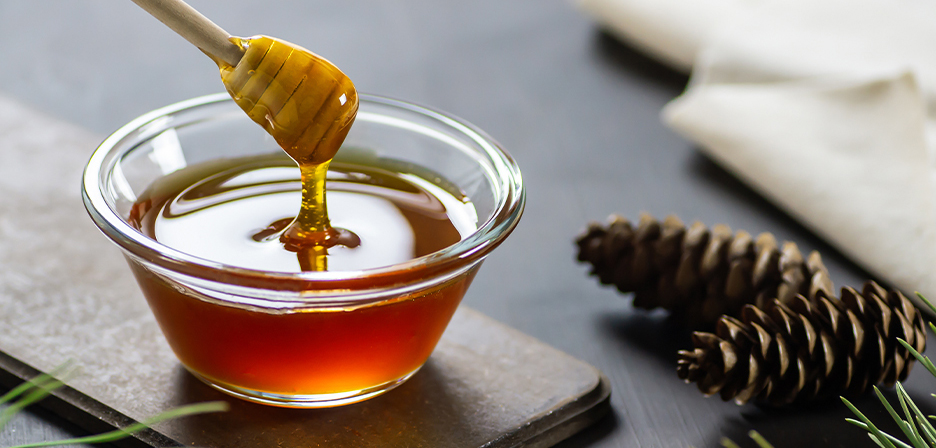Have you ever heard that eating a lot of sugar can wreak havoc on your skin? The idea that eating too much chocolate can cause pimples isn’t just a myth.
But is sugar really the worst thing for our skin? Not always. Let’s take a look at how sugar can actually help revitalize our skin when it’s used in beauty products.

Known uses of sugar in cosmetics
Sugar scrubs
A sugar scrub is an exfoliating product that sloughs away dead skin cells, revealing a new layer of skin that’s soft and smooth.
As you massage the scrub onto your body, the sugar granules promote cell renewal and stimulate blood circulation. This helps reduce imperfections. Unrefined sugar also contains nutrients such as magnesium and calcium, which help nourish the skin.
Compared to other types of scrubs (those made with fruit pits and seeds, for example), sugar scrubs are much more environmentally friendly: when it’s time to rinse, the granules completely dissolve!
Sugar wax
Suitable for all skin types, sugar wax is an excellent alternative to conventional wax used for hair removal. Its main ingredients—sugar, honey, and lemon—are gentle on the skin, so you can use it on any part of your body. Sugar wax also softens your skin and prevents ingrown hairs thanks to its exfoliating properties.
The skin benefits of honey
Containing vitamins B, C, and E, as well as some 31 different minerals, honey is a rare gem in the field of cosmetics. There’s a reason it’s been used for thousands of years in both skin and hair treatments! Today, honey can be found in creams, lip balms, soaps, masks, and more. It’s also suitable for sensitive skin, which makes it all the more versatile. Here is a partial list of its coveted properties:
- Moisturizing: Honey helps your skin retain water because it strengthens the skin barrier that protects the epidermis. In doing so, it protects against dry skin. Honey also contains 10 percent floral water, which makes it very nourishing and hydrating.
- Healing: Honey is ideal for people who have skin problems such as acne, eczema, and psoriasis. It repairs damaged tissues and prevents the spread of bacteria. Say goodbye to acne scars!
- Detoxifying: Honey has gentle cleansing properties that refresh your skin without harming the epidermis. It also helps unclog pores and regulate sebum production. Fun fact: white honey works particularly well on sensitive skin, while black honey is better for oily skin.
- Antioxidant: Honey is a powerful anti-aging agent. It promotes cell renewal, which minimizes the effects of aging, pollution, and UV rays on the skin and hair. As a result, wrinkles are less apparent, and hair grows thicker and stronger.
A word on Manuka honey
Manuka honey is the rarest type of honey in the world. It’s distinguished by its dark hue and high levels of methylglyoxal, the compound that determines the strength of the honey’s antibacterial properties. Manuka honey is one of the most powerful known antibacterial agents! This makes it a popular healing product, especially for burns and deep wounds.

Cosmetic ingredients you wouldn’t have guessed belong to the sugar family
Many complex sugars are used in cosmetic products. Most are derived from plant extracts (sourced from fruits, vegetables, or other plants), but some are also made from animal extracts, such as milk. They provide many different benefits, including moisturizing, anti-inflammatory, and soothing effects. You can tell whether a product contains complex sugars by looking for terms ending in -ose or -ol in the ingredients list. Here are three examples:
- Rhamnose: Rhamnose is derived from a type of Brazilian vine in the genus Uncaria. It’s primarily known as a powerful anti-aging compound, as it improves the look of wrinkles in a lasting way. More specifically, rhamnose stimulates collagen production and regenerates the skin. It also has anti-inflammatory properties.
- Xylitol: Xylitol is a low-calorie sweetener found mainly in “sugar-free” products. It is extracted from birch bark, fruits, and vegetables. This complex sugar is added to face, hand, and body creams because of its exceptional moisturizing properties. It stimulates the production of ceramides (skin lipids that help maintain your skin’s moisture barrier), leaving your skin better protected against dryness.
- Ribose: Ribose is naturally produced by the body and is the most important source of energy we have. However, it can also be made synthetically from corn. In the world of cosmetics, ribose is added to day creams to stimulate cellular metabolism and prevent the signs of aging.
Wondering what types of sugar-based products are best for you?
Ask our cosmetic specialists for advice.